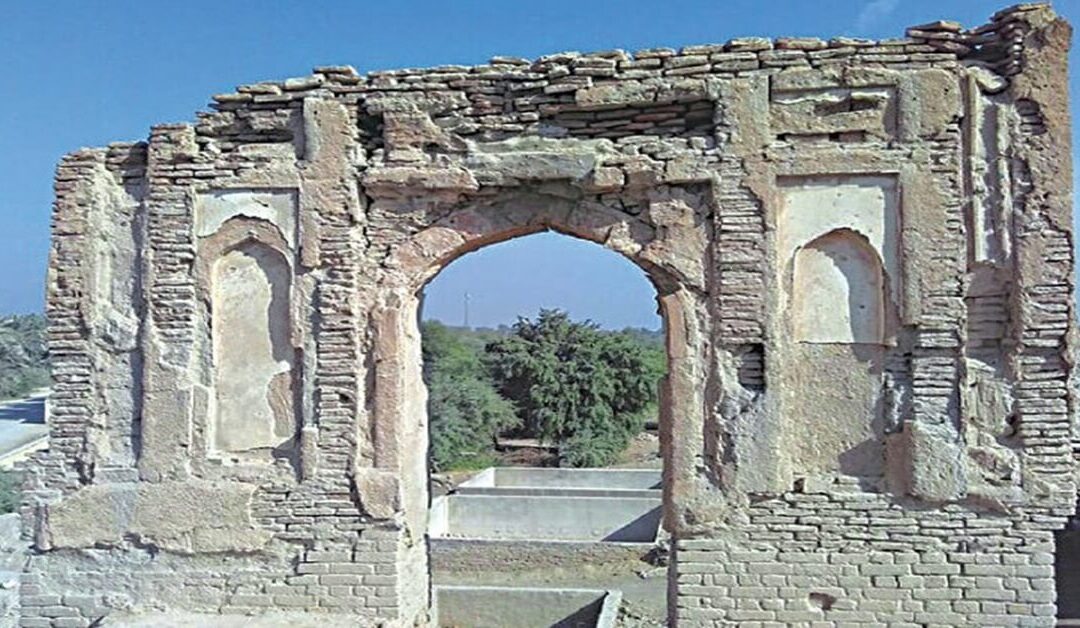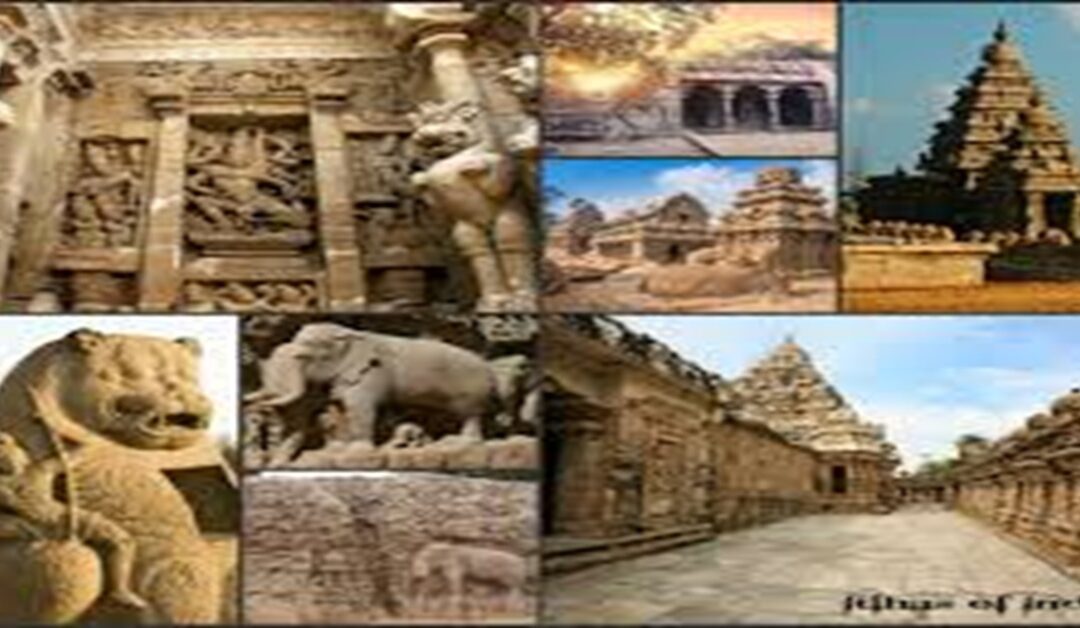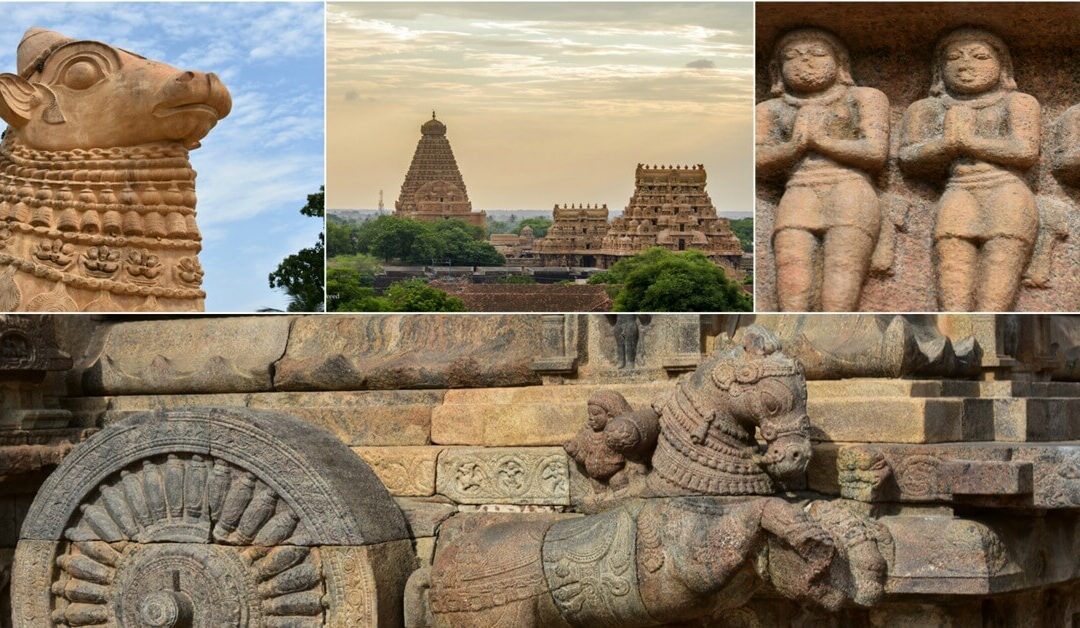
The Neolithic Period in Indian History
The Neolithic Period, also known as the New Stone Age, marks a significant era in Indian history, characterized by the transition from a nomadic lifestyle to settled agricultural communities. This period, spanning roughly from 7000 BCE to 1000 BCE, represents the dawn of civilization in the Indian subcontinent, with advancements in tools, agriculture, and social organization.
Key Features of the Neolithic Period
1. Transition to Agriculture
1. The Neolithic period saw the shift from hunting and gathering to agriculture as the primary means of sustenance.
2. People cultivated crops such as wheat, barley, lentils, and rice, and domesticated animals like cattle, sheep, and goats.
2. Settlement Patterns
1. The period is marked by the establishment of permanent villages.
2. Early settlements were located near rivers, which provided water for agriculture and fertile soil.
3. Important Neolithic sites in India include:
1. Mehrgarh (present-day Pakistan):
One of the earliest known farming settlements, dating back to 7000 BCE.
2. Burzahom (Kashmir):
Known for pit dwellings and tools.
3. Chirand (Bihar):
Evidence of rice cultivation.
4. Brahmagiri (Karnataka):
Known for ash mounds and animal husbandry.
3. Tool and Pottery Advancements
1. Tools became more refined, with the use of polished stone tools for farming, hunting, and construction.
2. Pottery emerged as an essential craft, with the production of hand-made and later wheel-made pots for storage and cooking.
3. Painted pottery from this era shows early signs of artistic expression.
4. Domestication of Animals
1. Along with farming, the domestication of animals became a crucial part of Neolithic life.
2. People raised cattle, sheep, goats, and pigs for food, labor, and other resources.
5. Social Organization
1. The emergence of permanent settlements led to the development of organized societies.
2. There was a division of labor, with different individuals specializing in farming, tool-making, and pottery.
6. Religious Beliefs
1. Early religious practices began during the Neolithic period.
2. People worshipped nature and natural forces, with evidence of burial practices and grave goods suggesting belief in an afterlife.
Major Neolithic Sites in India
1. Mehrgarh
1. Located in Baluchistan (modern-day Pakistan).
2. Earliest evidence of farming and herding, with sophisticated tools and pottery.
2. Burzahom
1. Situated in Kashmir.
2. Known for pit dwellings, stone tools, and evidence of hunting and farming.
3. Chirand
1. Located in Bihar.
2. Evidence of rice cultivation, pottery, and bone tools.
4. Daojali Hading
1. Found in Assam.
2. Known for polished stone tools and handmade pottery.
5. Brahmagiri
1. Located in Karnataka.
2. Evidence of ash mounds and early domestication of cattle.
Significance of the Neolithic Period in Indian History
1. Foundation of Civilization
The Neolithic period laid the groundwork for the later development of urban civilizations such as the Indus Valley Civilization.
2. Advances in Technology
The refinement of tools and the invention of pottery demonstrated significant technological progress.
3. Agricultural Revolution
The adoption of farming transformed human society, enabling the growth of populations and permanent settlements.
4. Cultural Evolution
The Neolithic era marked the beginning of cultural practices such as pottery-making, tool-making, and the worship of natural elements.
5. Transition to the Chalcolithic Age
The Neolithic period transitioned into the Chalcolithic Age with the introduction of metal tools, especially copper, alongside stone tools.
The Neolithic Period represents a transformative phase in Indian history, marking the dawn of settled life, agriculture, and social organization. Its contributions laid the foundation for the cultural and technological advancements that followed in the Bronze Age and the rise of early Indian civilizations.





